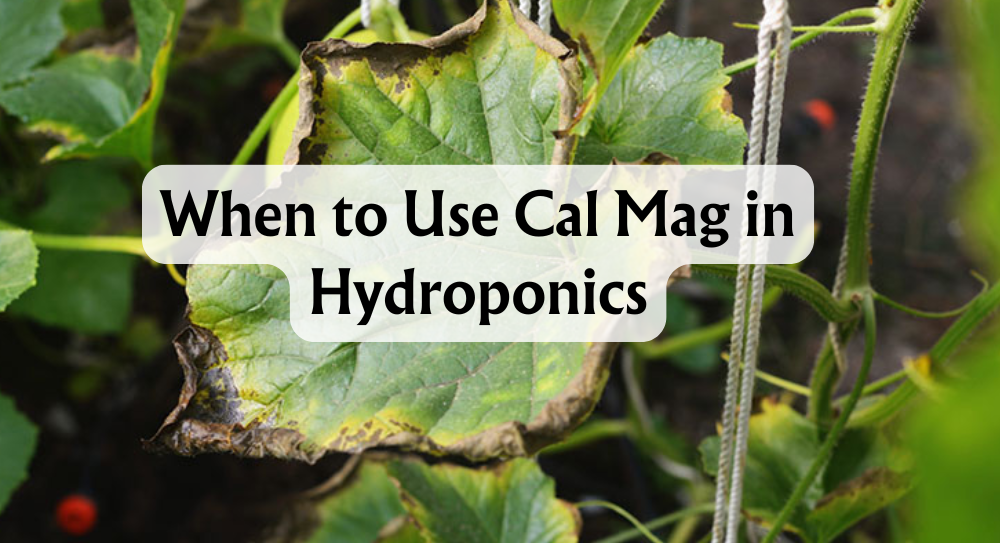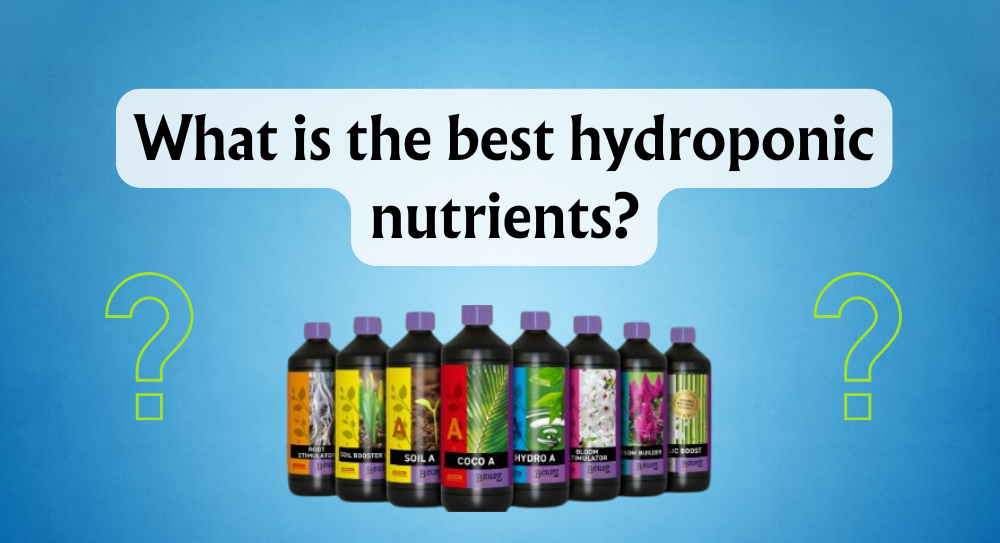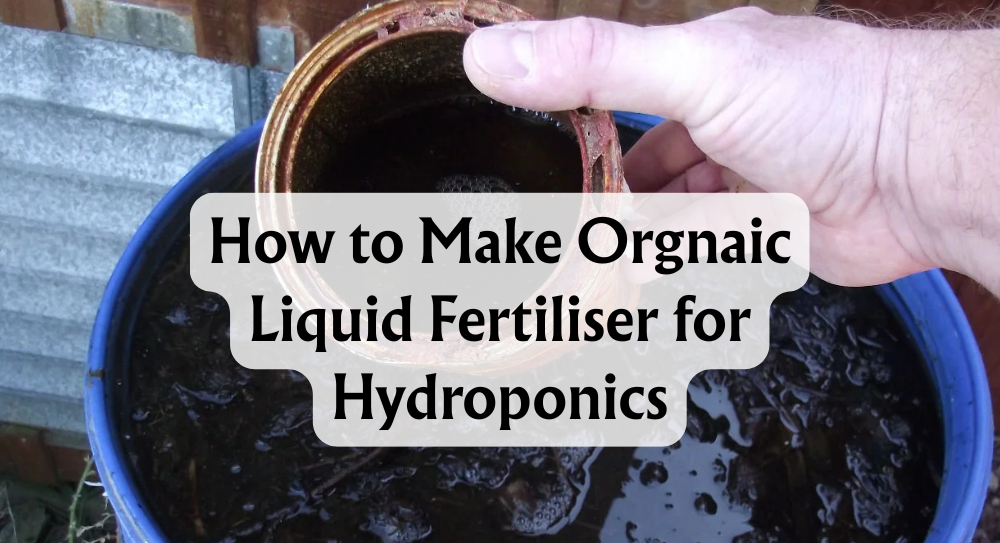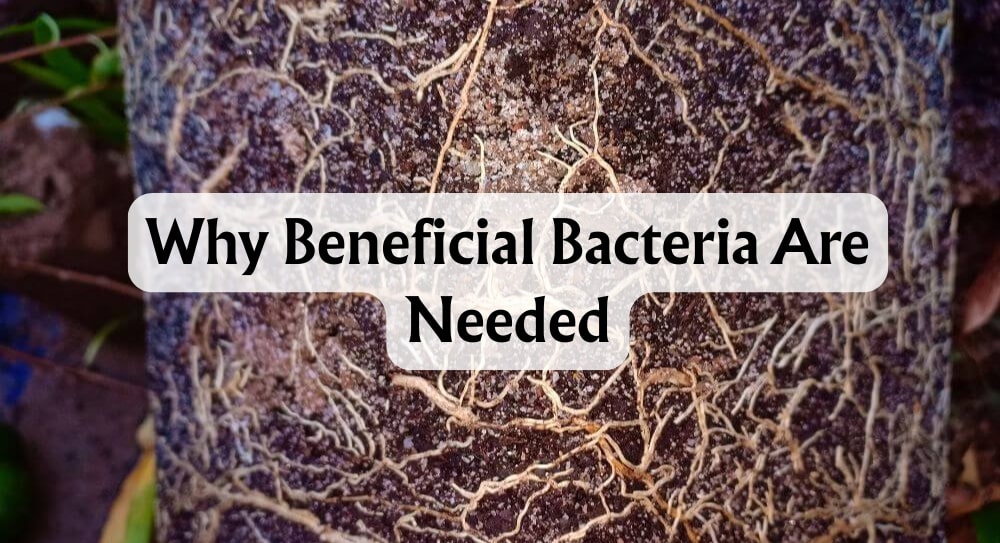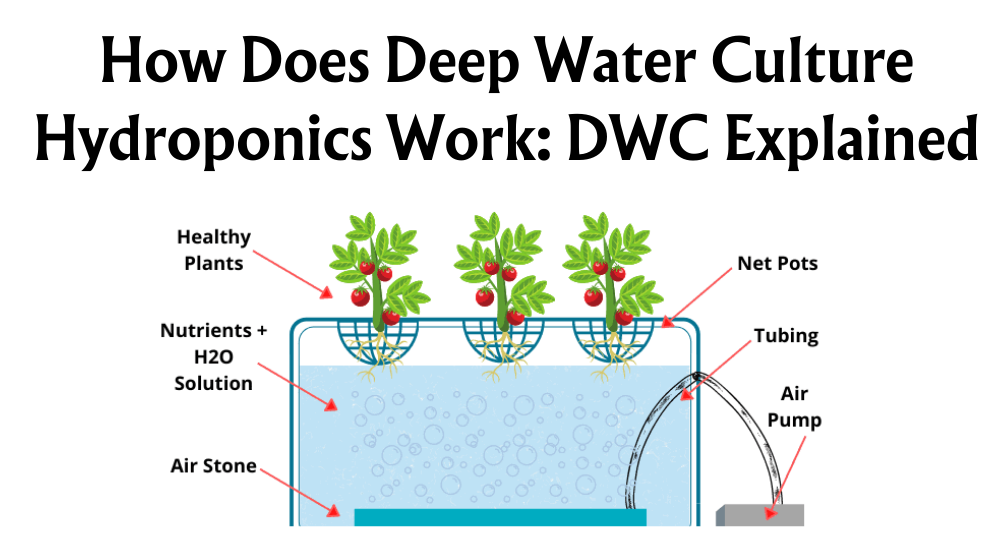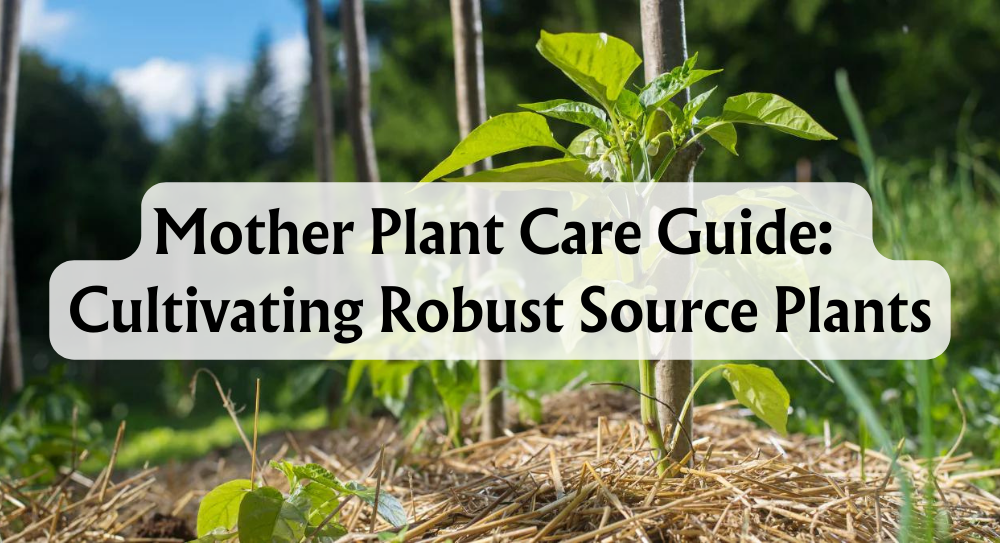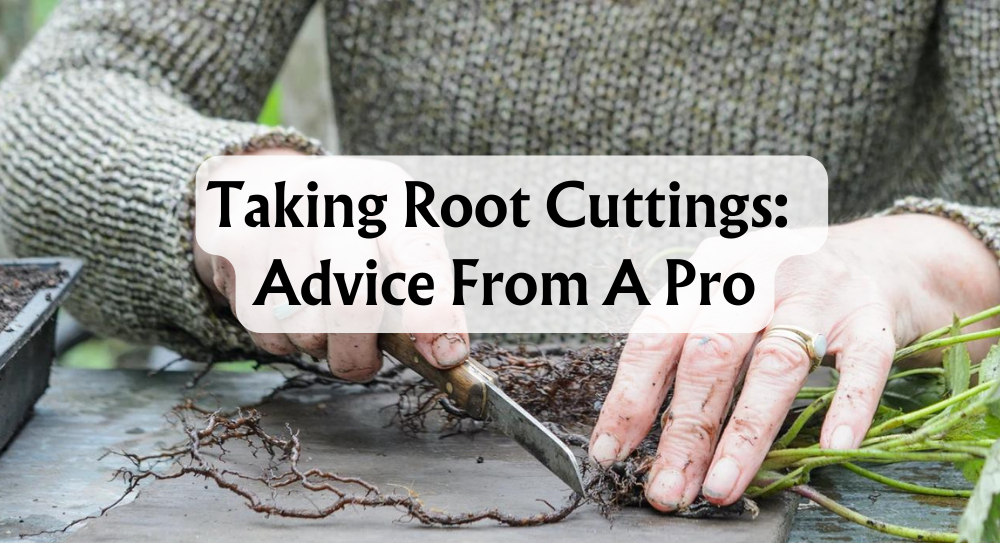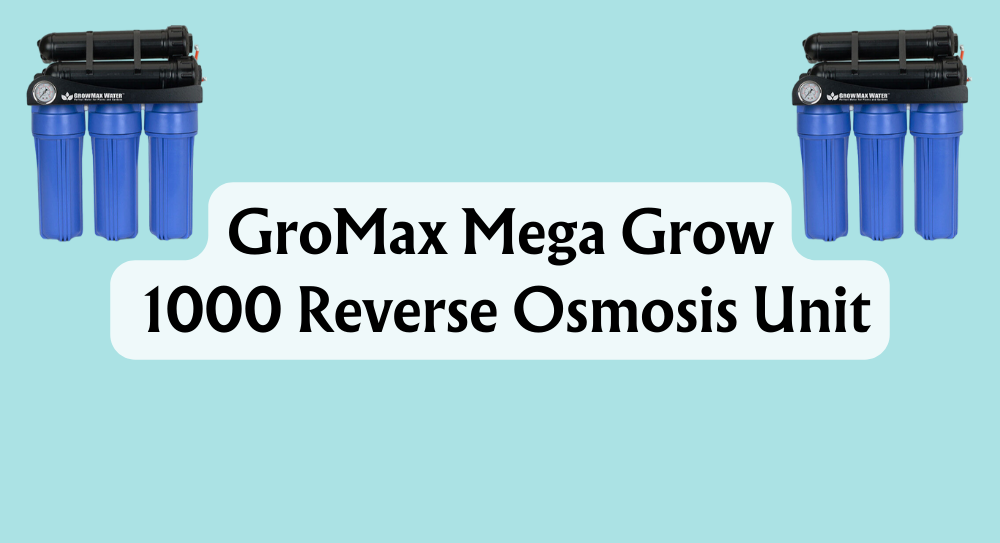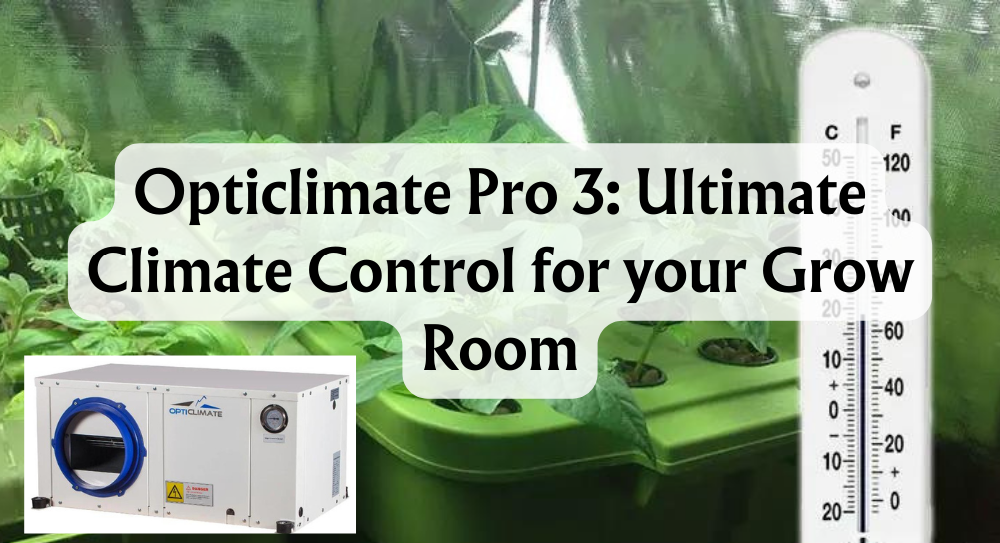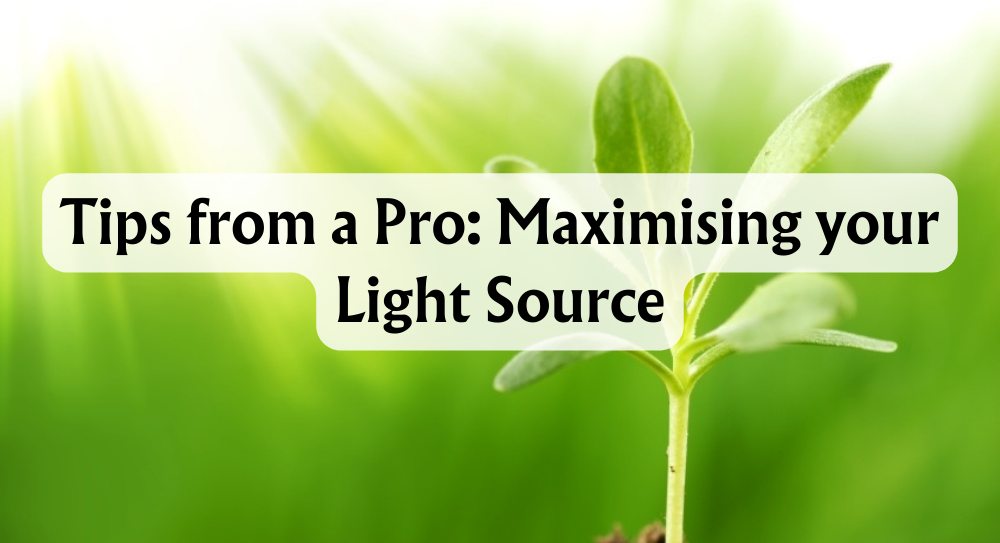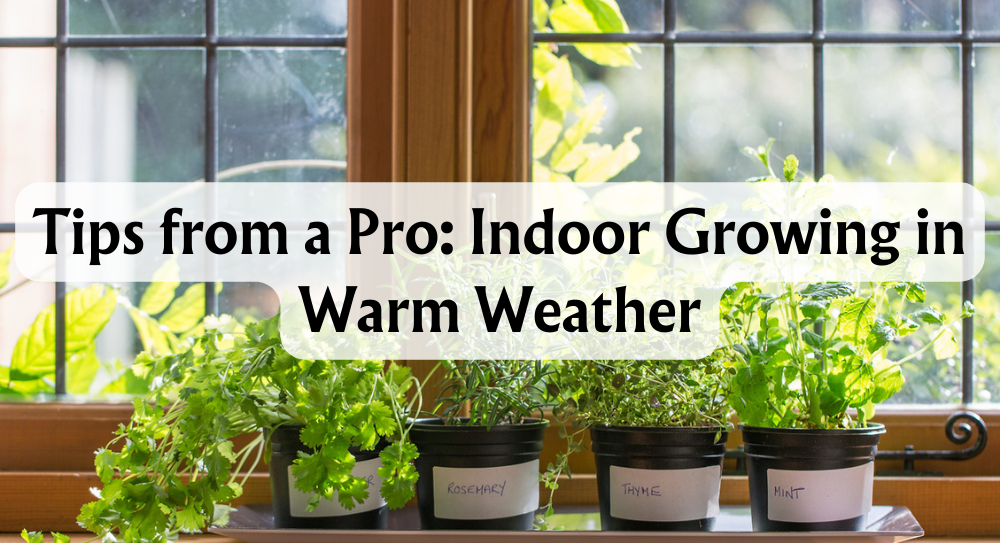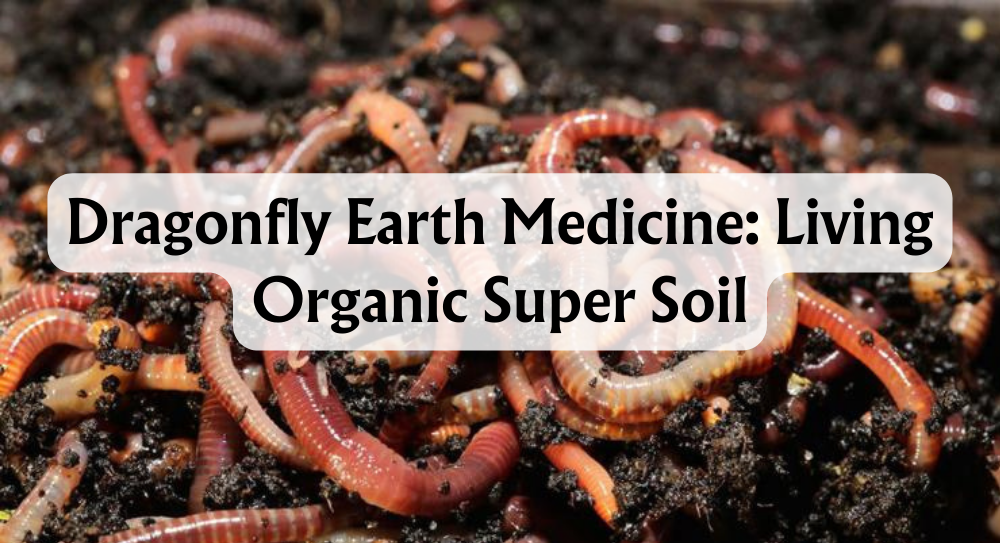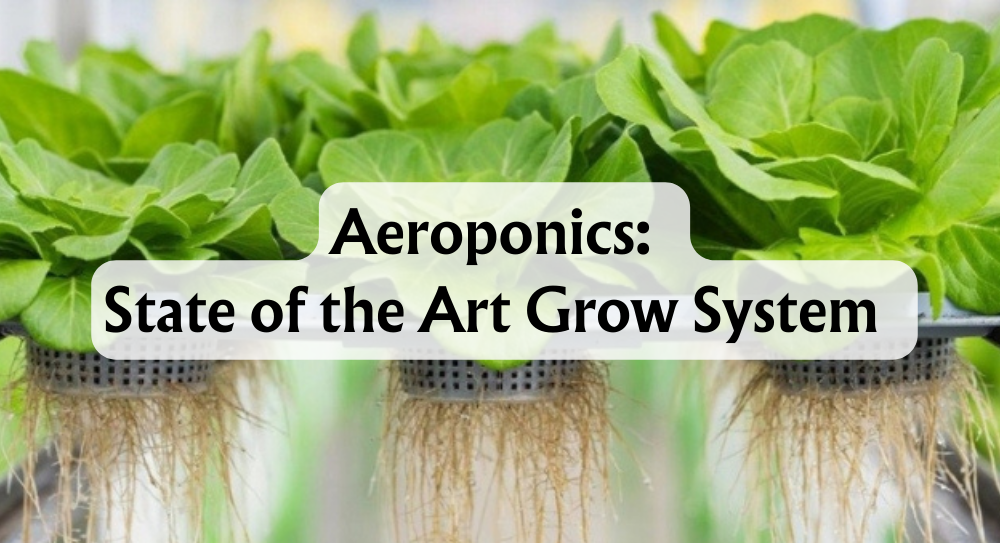In the world of hydroponic gardening, managing nutrients is crucial for achieving healthy plant growth. We've noticed that calcium and magnesium often take centre stage due to their significant roles in ensuring proper plant development. When you're working without soil, deficiencies can become evident, especially in a hydroponic setup.
Calcium and magnesium are vital for plant health, making Cal-Mag a must-have supplement in hydroponics. Without these essential nutrients, your plants might struggle with yellowing leaves or stunted growth. It's not just about having these nutrients present; it's about providing them in the right amounts and at the right times to prevent issues from arising.
Do you know when to introduce Cal-Mag to your hydroponic system? It's not just a matter of adding it whenever, as using it at specific times can optimise plant health and yield. Let's unravel these secrets to help us all become more successful in our hydroponic gardening journey.
Key Takeaways
- Cal-Mag is crucial for hydroponic plants to prevent deficiencies.
- Timing and quantity are key when using Cal-Mag supplements.
- Effective nutrient management ensures better plant growth.
What Is Cal Mag
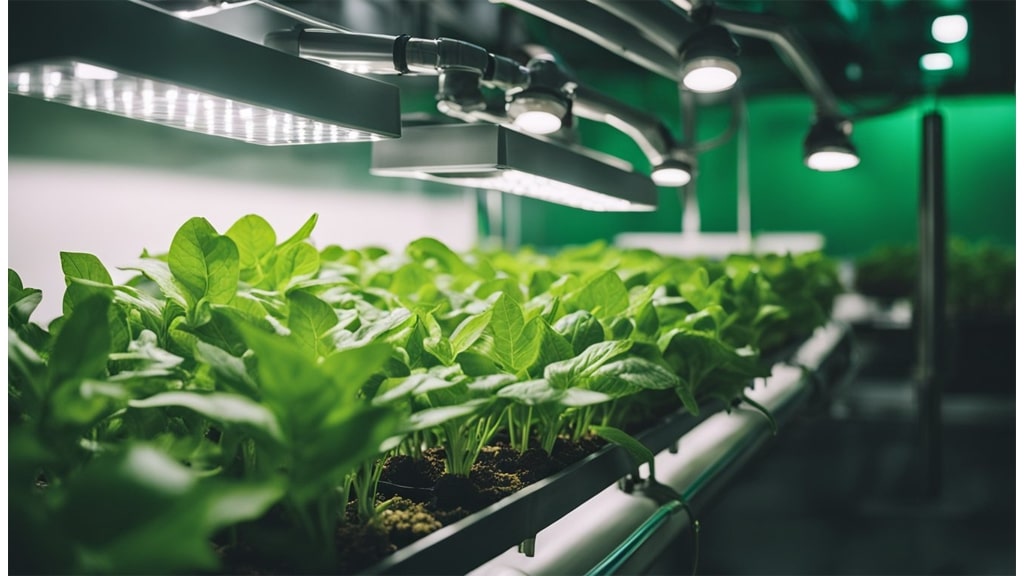
Cal-Mag is a blend of calcium and magnesium, crucial nutrients for plant growth. These elements support essential processes like cell wall formation and chlorophyll production. Typically, Cal-Mag supplements have a balanced calcium-to-magnesium ratio, commonly around 3:1 or 4:1. Some supplements include trace elements such as iron, enhancing their nutrient profile.
Cal-Mag supplements are available in two main forms:
- Liquid concentrates: Easy to mix, quickly absorbed.
- Powder formulations: Cost-effective, suitable for large-scale use.
We often find ourselves choosing between several popular Cal-Mag brands suited for hydroponics. General Hydroponics CaliMagic is known for its simplicity and reliability. Advanced Nutrients Cal-Mag is appreciated for its fast-acting properties, while Botanicare Cal-Mag Plus offers additional micronutrients like iron, which can be beneficial when aiming for comprehensive plant nutrition.
In our experience, selecting the right form and brand can make a significant difference in nutrient delivery and plant health. By considering both your plant's needs and system setup, we can ensure optimal growth and vitality.
What Does Cal Mag Do for Plants
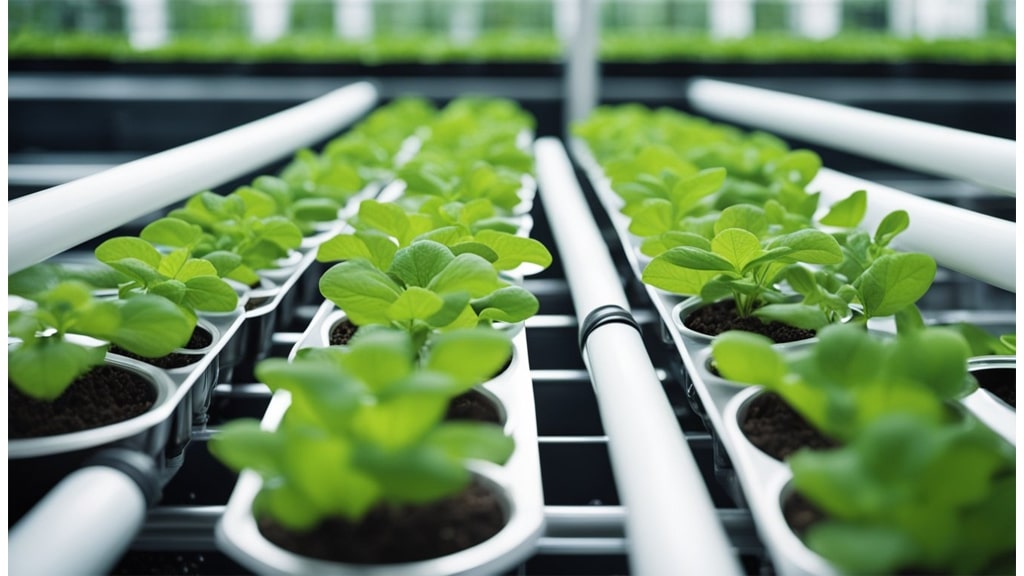
Let's explore how our plants can benefit from Cal-Mag! These two essential micronutrients, calcium and magnesium, play critical roles in overall plant health.
Calcium aids in forming strong cell walls, which ensures robust, healthy plants. It supports root development and helps in nutrient transport, ensuring that nutrients like iron, nitrogen, and potassium move effectively through the plant.
Magnesium is vital for chlorophyll production, the green pigment crucial for photosynthesis. Without enough magnesium, our plants can't convert sunlight into energy effectively. It also plays a role in enzyme activation, supporting various metabolic processes.
Together, calcium and magnesium provide synergistic benefits, creating nutrient balance and enhancing crop yield.
For instance, growing tomatoes with adequate Cal-Mag can significantly increase yield. Tomatoes thrive as they get both nutrients in the right balance, leading to vigorous growth and abundant fruit production.
By ensuring our plants receive sufficient levels of these micronutrients, we support strong plant growth and enhance their overall resilience.
Cal Mag Deficiency Symptoms
When we talk about Cal-Mag deficiencies, we're looking at both calcium and magnesium shortages.
A: Calcium deficiency signs
- Leaf tip burn: One of the earliest signs, as calcium is crucial for cell wall structure.
- Blossom end rot: Common in fruiting plants, leading to unsightly dark patches.
- Stunted root growth: Calcium promotes strong roots, so a lack can hinder development.
B: Magnesium deficiency indicators
- Interveinal chlorosis: Leaves turn yellow between the veins but remain green elsewhere.
- Leaf curling: Particularly noticeable along the edges.
- Slow growth: Magnesium is key for photosynthesis, affecting growth rate.
C: Combined Cal-Mag deficiency symptoms
Noticing slow plant growth, yellowing leaves, and decay points towards a combined deficiency.
D: Factors contributing to Cal-Mag deficiencies in hydroponics
- Water quality: Poor quality can block nutrient uptake.
- pH imbalance: pH levels outside the optimal range can limit availability.
- Nutrient solution composition: Insufficient nutrients or incorrect ratios can trigger deficiencies.
E: Visual guide for identifying Cal-Mag deficiencies in common hydroponic crops
Observing plants regularly for yellowing leaves, root rot, or nutrient imbalances can help us catch issues early. By paying attention to these factors, we'll improve our plants’ health and yield.
When to Use Cal Mag in Hydroponics
Cal-Mag is essential in hydroponic systems, especially when growing crops like tomatoes and peppers, which have high calcium and magnesium demands.
Preventive Use
We recommend using Cal-Mag preventively during the vegetative stage of fast-growing plants. It's beneficial in regions with soft water. This ensures plants receive consistent nutrient levels, preventing deficiencies from the start.
Corrective Application
If we notice symptoms like yellowing leaves, it's time for a corrective approach. After adjusting pH levels or when changing nutrient solutions, adding Cal-Mag can correct deficiencies, quickly restoring plant health.
Crop-Specific Considerations
- High Demand: Tomatoes and peppers benefit from regular Cal-Mag supplementation.
- Moderate Demand: Lettuce and herbs need less frequent applications.
- Low Demand: Beans and peas rarely require extra Cal-Mag.
Environmental Factors
Environmental conditions such as temperature, humidity, light intensity, and CO2 levels influence Cal-Mag needs. High temperatures or intense lighting can increase the rate at which plants utilise these nutrients, possibly necessitating more frequent supplementation.
Conducting a Cal-Mag Supplement Trial
Before we commit to a particular product, performing a trial can be insightful. Brands like Botanicare and FoxFarm offer reliable choices, while General Hydroponics Calimagic is worth considering.
Track plant responses closely when testing a new supplement, adjusting usage based on visible plant health and growth.
How Much Cal Mag for Hydroponics
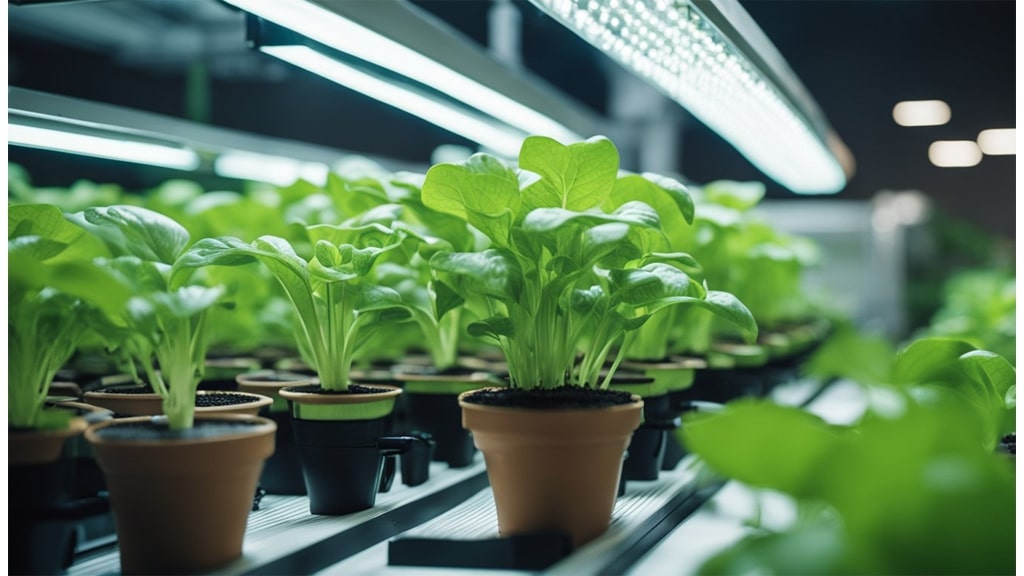
Determining the right amount of Cal-Mag for hydroponic systems can make all the difference in plant health. We typically recommend a standard dosage of 1-2 ml per litre of water. This can vary based on the growth stage of the plants, whether they are in the vegetative or flowering phase. Adjustments ensure that our plants get the precise nutrients they need.
Water quality is crucial. If we're using reverse osmosis or distilled water, nutrient levels may be lower than with tap water. Cal-Mag supplements help to replenish minerals in these purified waters.
Our existing nutrient solution composition also plays a role. When coco coir is our growing medium, for example, more Cal-Mag is often needed due to its tendency to lock up calcium and magnesium.
With different hydroponics systems, like DWC or NFT, dosage requirements might vary. It’s helpful to use an EC/PPM meter to monitor nutrient levels closely and make real-time adjustments.
We suggest regular plant inspections. Signs of deficiency, such as yellowing leaves, indicate that nutrient levels may need adjusting.
Cal-Mag can be applied continuously or periodically, depending on our nutrient regimen and the specific needs of plants. In a case like hydroponic strawberries, we might begin with 1 ml per litre, carefully observing how the plants respond over time.
Calculating the precise dosage involves considering plant type, growth stage, and water hardness. Keeping these factors in mind can help us optimise plant health and yield.
Best Practices for Using Cal-Mag in Hydroponics
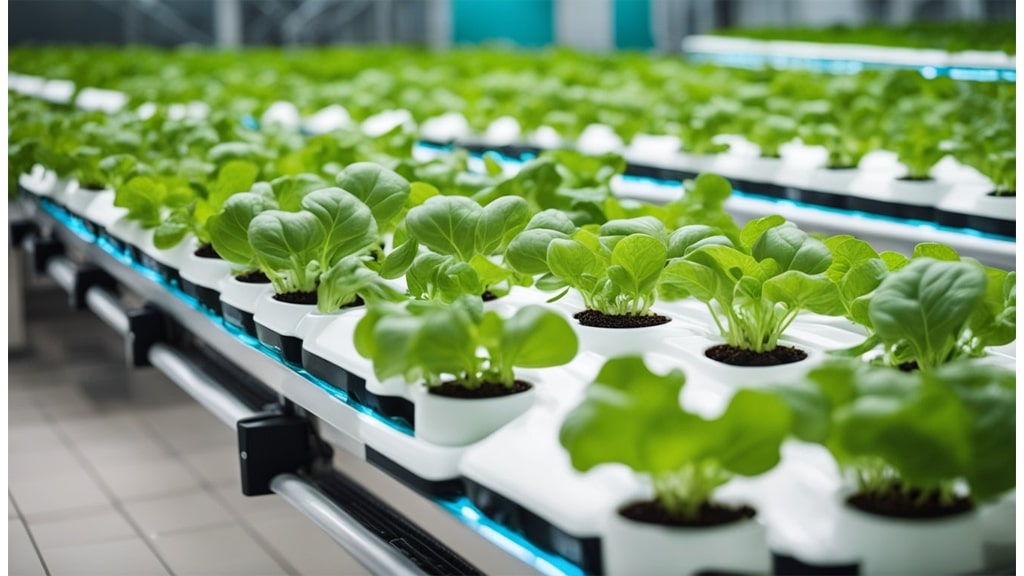
When we're using Cal-Mag in our hydroponic systems, proper handling can make all the difference.
Mix and Dilute Properly
We should ensure Cal-Mag is thoroughly mixed into our nutrient solution. Typically, 5 millilitres of liquid per gallon of water suffices. Adequate mixing avoids uneven distribution, which could lead to deficiencies or excesses.
Manage pH
Maintaining the right pH is crucial. Cal-Mag can affect the pH levels, so it's essential to regularly monitor and adjust accordingly. This keeps our plants in the optimal pH range, usually between 5.5 and 6.5.
Check Compatibility
It's vital to make sure Cal-Mag is compatible with other nutrients in use. Some combinations might lead to precipitation, reducing efficacy. Always refer to product guidelines and seek advice if unsure.
Store and Handle Safely
Safe storage and handling extend the shelf life of Cal-Mag. It should be kept in a cool, dry place, away from direct sunlight. When handling, gloves and goggles can help prevent direct contact.
Avoid Common Mistakes
Let's steer clear of overusing Cal-Mag. Signs of excess include leaf tip burn and nutrient lockout. Regular application rather than sporadic doses ensures consistent nutrient delivery. Water quality and pH should never be ignored, as this can lead to poor plant health.
Explore Alternatives
Sometimes, alternative calcium and magnesium sources can be beneficial. We could consider dolomite lime or Epsom salt as potential supplements. Homemade Cal-Mag solutions are also an option, although it's crucial to weigh their pros and cons compared to commercial products.
Conclusion
As we've explored, incorporating Cal-Mag into our hydroponic systems can greatly enhance plant health. The combination of calcium and magnesium is crucial for plants, ensuring robust growth and preventing deficiencies. These minerals improve structural support and contribute to photosynthesis. We must pay attention to their role in nutrient management to keep our greens thriving.
Balanced nutrient management is essential in hydroponics. By using Cal-Mag, we provide a stable nutrient environment for our plants. It's important to follow recommended dosages and adjust based on our specific setups. This prevents nutrient imbalances and keeps our gardens in optimal health.
Remaining open to learning is key. Hydroponic gardening is an evolving field, and experimenting with nutrient solutions can lead to better outcomes. By staying informed and continually adjusting our methods, we can achieve outstanding results. Let's not shy away from trying new approaches to enhance our hydroponic gardening endeavours.







 Store Locator
Store Locator
